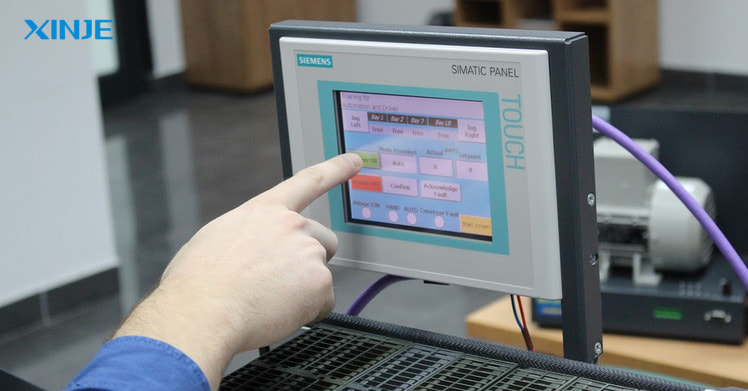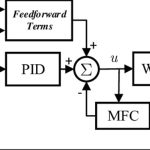HMI Alarm Function is a feature that helps detect and promptly warn of problems in the automation system. Thanks to that, the operation line is safer, reduces downtime and optimizes monitoring. This article by XINJE will help you understand the principles, benefits and notes when installing Alarm on HMI.
What is HMI Alarm Function?
Alarm in HMI (Human Machine Interface) is a feature that warns of incidents or abnormal conditions of equipment and production lines. When a condition exceeds the threshold (for example: temperature is too high, pressure drops, motor overload, etc.), HMI will automatically send an alarm signal for the operator to handle in time.
HMI Alarm Function acts as a magic eye to monitor the production process 24/7. Thanks to the timely warning feature, operating engineers can:
- Detect incidents immediately, avoiding widespread damage.
- Reduce unplanned machine downtime.
- Improve labor safety and protect equipment.
How does Alarm in HMI work?
For the warning system to work effectively, HMI Alarm Function follows a specific process. Below are 5 basic steps to help you visualize how it works.
Step 1: Monitor input signals
HMI (or PLC) continuously collects data from sensors, measuring devices (temperature, pressure, current, etc.). This data is compared with the preset value (Setpoint).
Step 2: Detect alarm conditions
When the measured value exceeds or falls below the allowable threshold, the PLC will send an alarm signal to the HMI. Or in some cases, the HMI will automatically process the input signal and determine the alarm trigger condition.
Step 3: Activate the alarm on the HMI screen
As soon as the signal is received, the HMI will display the alarm on the screen: color, flashing icon, sound or turn on the indicator light. Some HMIs support additional vibration or external siren.
Step 4: Record alarm history log
HMI automatically saves alarm information including: alarm type, occurrence time, confirmation time, operator resets the alarm. This data is used for error tracing and analysis of the cause of the incident.
Step 5: Send Alarm data to SCADA (if available)
In large factories, HMI can synchronize Alarm data to the SCADA system or central monitoring server. Management engineers can check the Alarm status remotely via LAN or the Internet.
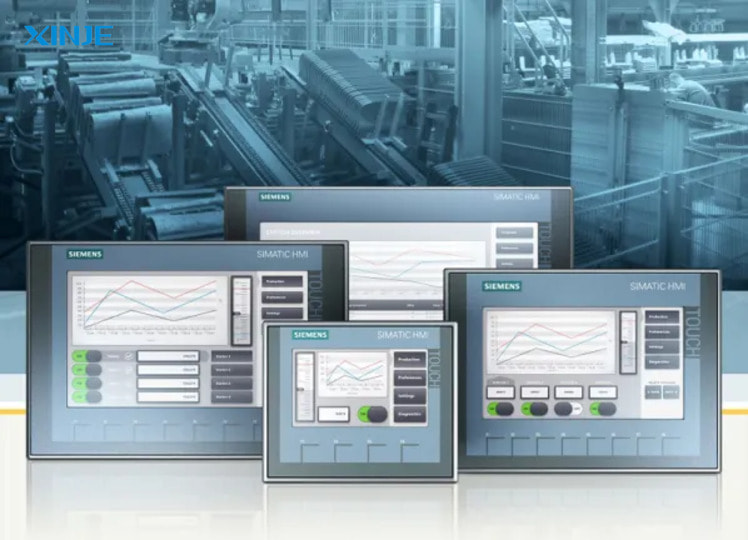

What are the common types of Alarms in HMI?
For the alarm system to operate effectively and easily manage, HMI often divides Alarms into 4 different types. Each type will be suitable for its own purpose and priority level.
Instant Alarm
This is the type of alarm that appears immediately when an abnormal condition occurs, for example: temperature exceeds the threshold, motor overload or sensor signal loss. Instant Alarm helps the operator detect errors at the time the problem occurs, thereby being able to handle it promptly to minimize damage.
Historical Alarm
HMI is often programmed to save the entire alarm history within a certain period of time. Alarm History helps engineers easily track incidents that have occurred, analyze the cause of the error, optimize the operating process and take preventive measures for future operations.
Group Alarm
In a large production line, many Alarms can be grouped by area or type of equipment. For example: motor alarm group, pump alarm group, temperature alarm group. Group Alarm design helps manage alarms more scientifically, making it easier for operators to monitor and prioritize the handling of important alarm groups.
Sound/light alarm
In addition to displaying directly on the screen, the HMI can also activate a buzzer, rotating light or flashing light when an Alarm appears. Sound or light alarms help attract the attention of the operator, especially in noisy areas or when the screen is not in direct view.
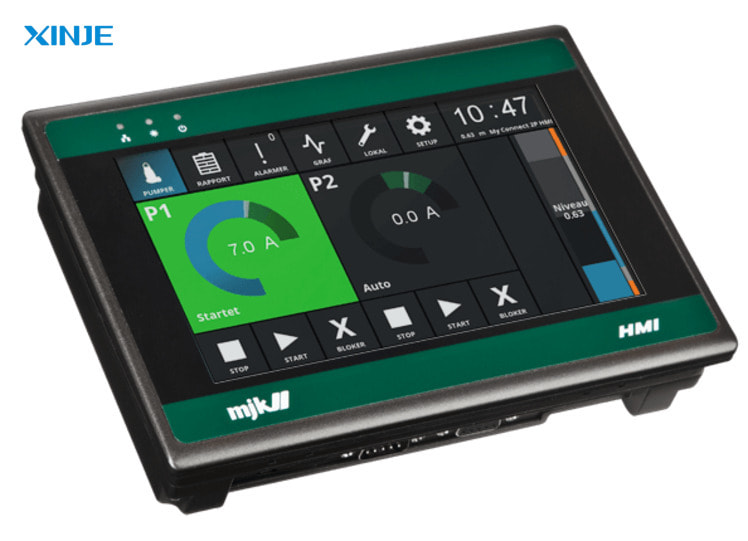

What are the benefits of using the HMI Alarm Function?
Equipping the Alarm feature on the HMI brings many important benefits for both operation and maintenance. Below are the outstanding values that HMI Alarm Function brings to businesses.
- Detect incidents quickly, reduce downtime: The warning feature helps engineers or operators detect incidents as soon as they arise, thereby handling them promptly, limiting widespread damage and reducing unplanned downtime.
- Increase safety during operation: HMI Alarm Function acts as an automatic monitoring system, detecting dangerous conditions such as high temperature, pressure exceeding the threshold, etc.
- Support for error cause analysis (Alarm History): Thanks to the alarm history storage feature, engineers can easily retrieve, compile statistics and analyze incidents that have occurred, thereby finding the root cause and providing more effective preventive solutions.
- Easy integration with SCADA, remote monitoring system: HMI’s Alarm Function can be easily synchronized with SCADA system or central monitoring software, helping engineers monitor remote alarm status, proactively handle problems without having to be directly present at the machine.
What should be noted when designing & installing Alarm?
For the alarm system to operate stably and effectively, engineers need to note some important points when designing and installing Alarm for HMI.
- Avoid false alarms (Alarm noise): False alarms or continuous false alarms can easily cause operators to ignore really important alarms. Set clear Alarm conditions, use noise filters or activation delays if necessary.
- Set reasonable priority and Alarm groups: In large production lines, there are many Alarms. Grouping by area, equipment type and setting priority levels (emergency level, monitoring level, etc.) helps engineers focus on handling serious errors first.
- Arrange the Alarm interface for easy observation: The Alarm display screen needs to be arranged scientifically, with recognizable colors and clear icons so that operators can immediately understand what needs to be handled.
- Ensure that Alarm data is stored securely: Check the Alarm History saving feature periodically. Back up data to avoid losing logs when power is lost or hardware failure occurs. This is especially important when tracking complex incidents.
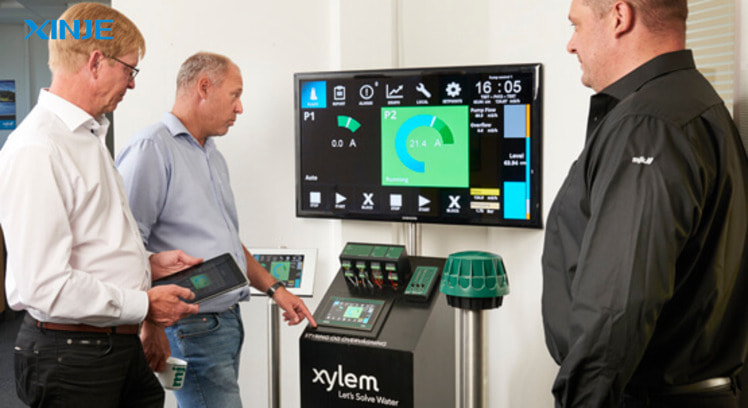

Conclusion
HMI Alarm Function is an indispensable tool to help detect and handle incidents promptly, ensuring the automation line operates safely and continuously. However, to make the most of this feature, engineers need to design scientific alarms, avoid false alarms, clearly prioritize groups and store complete data.
With just a properly installed Alarm system, businesses can significantly save maintenance costs, reduce downtime and optimize operational efficiency.

